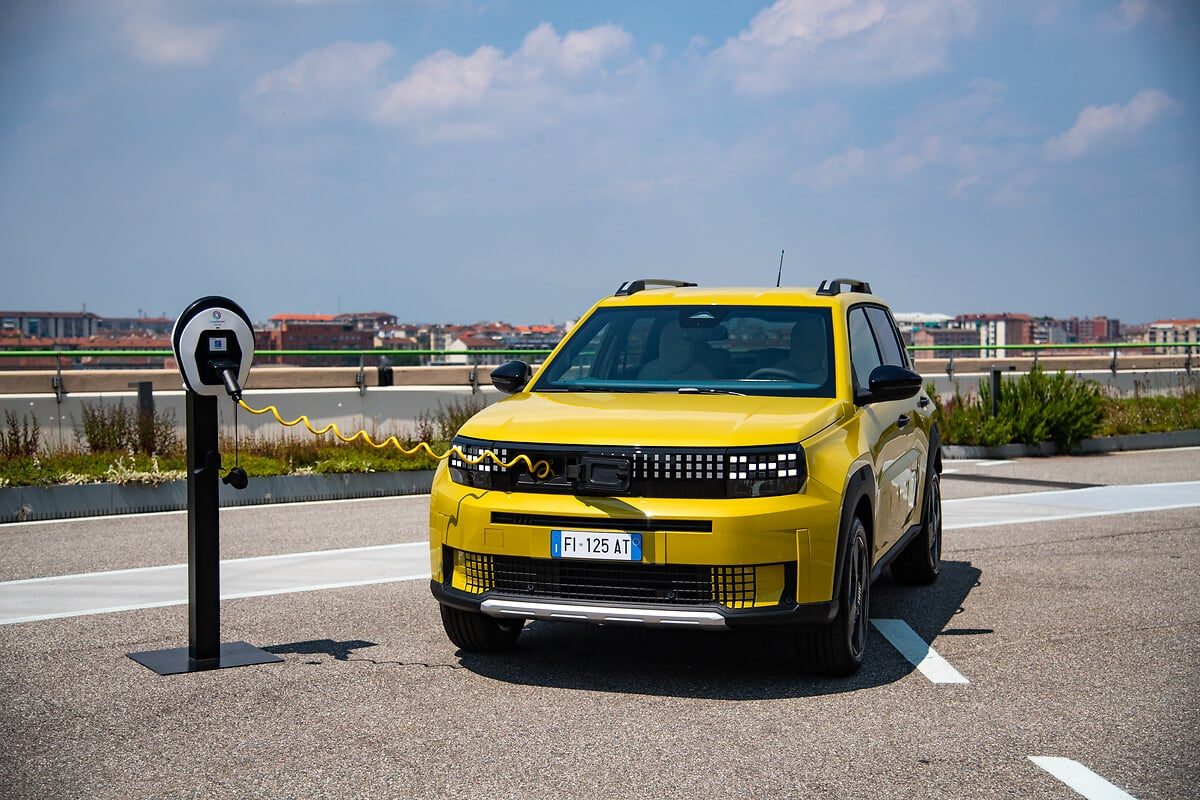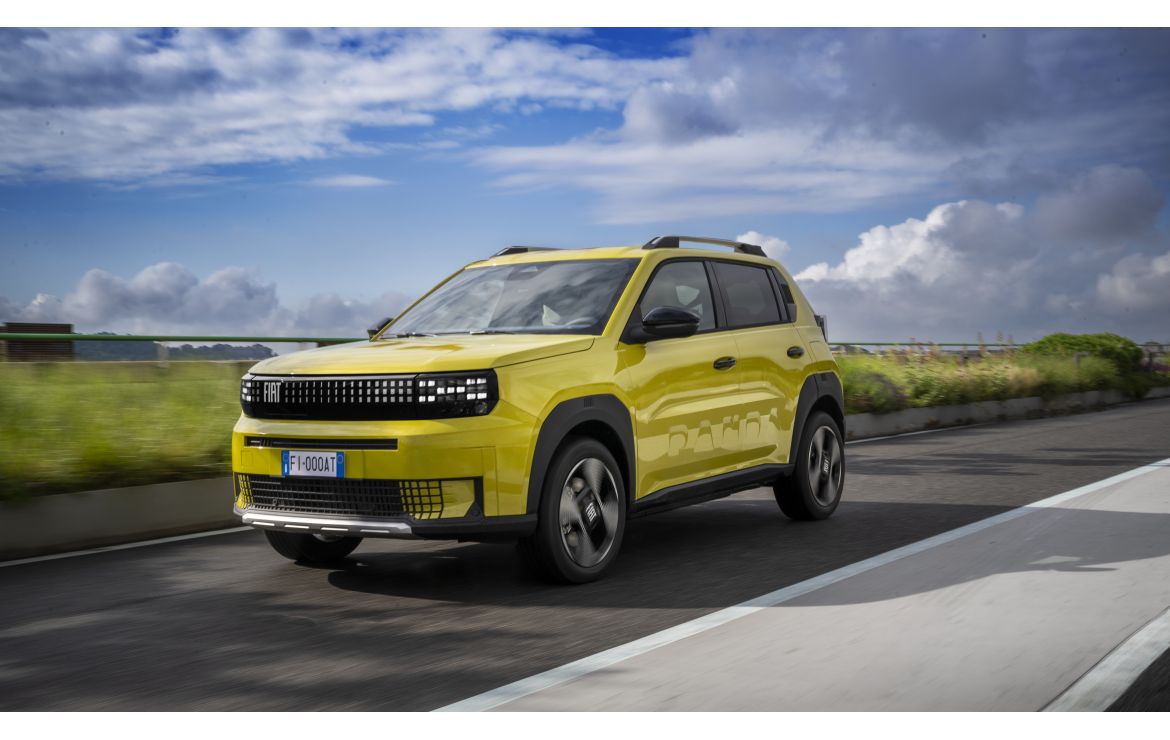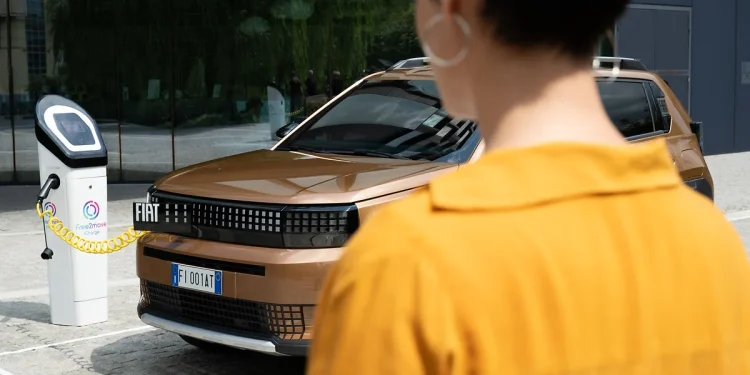Fiat is installing fixed charging cables into its EVs
Words NZ Autocar | Images Stellantis
A 7.4kW slow charger with a spring-loaded cable is being installed in each Grande Panda’s fascia.

The cables are part of the bodywork of its next-generation EVs.
They are stored behind a badge panel on the EV’s front fascia. Thus, the charging cable is pulled from its housing and returns by spring loading. Fiat describes it as “reinventing” charging.
The firm believes that integrated retractable cabling may play an important role in boosting the user friendliness of EVs.
Carlos Tavares, CEO of Fiat parent Stellantis, said: “We are coming up with a solution not to put the charging cable in the mud.
“You have these fantastic cars – full of technology, great materials, nice trims – and the first thing you do is you put the cable on the ground, and it’s dirty and you throw it back in your trunk. That’s not very high technology. If you look at vacuum cleaners, they found a better solution.”

In the Grande Panda, the integrated AC cable can charge at speeds of up to 7.4kW. So it can add almost 200km of range to the Panda’s 44kWh battery in a little over four hours.
The downside of this concept is that the front-mounted charging cable is incapable of rapid-charging. That’s because of the cooling requirement this would require. A separate DC charging port is available for fast charging at speeds of up to 100kW.
The Grande Panda, which utilises a Smart Car platform, will be amongst the least expensive electric cars on the market when it arrives in the UK next year. It has an estimated cost of £22,000 ($NZ46,500).





